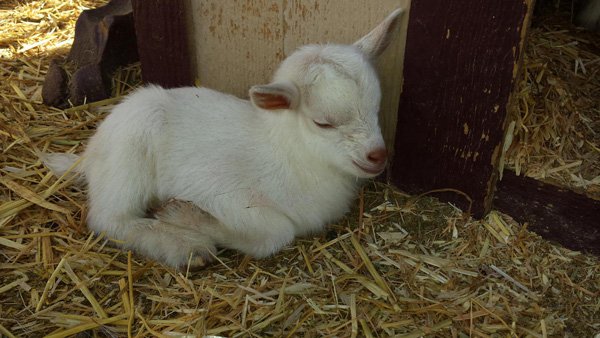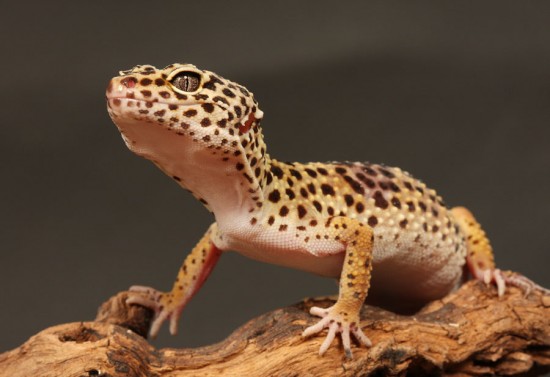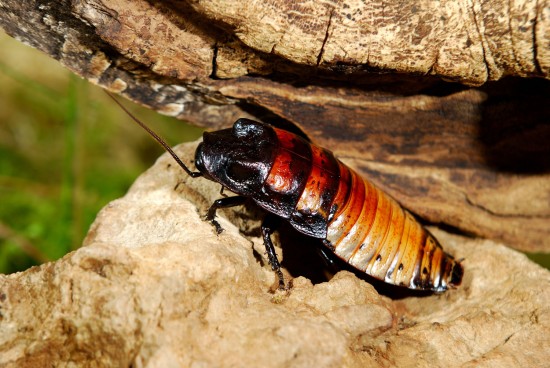
Keeping fish is an endlessly fascinating and absorbing hobby. The size and shape of tanks is discussed below, as is the fish capacity of tanks.
Aquaria for decorative purposes should be made from clear glass, without the irregularities and flaws frequent in ordinary window glass, and the glass should be thicker than window glass in any but the very smallest tanks.
Shape and Size of Tanks
Aquaria should be as shallow as possible, since the surface of water exposed to the air is the most important factor in determining the number of fishes they can safely hold. However, a very shallow tank is an eyesore, and a compromise is always made between biological and artistic requirements.
Many prefer a "double cube" type of construction, with the tank twice as long as it is wide and high, i.e., 24 X 12 X 12 inches. This tank is still rather shallow for the full growth of plants and looks better if the height is somewhat increased, so that a common variation is 24 X 12 X 14 or even 24 X 12 X 16 inches.
Fish Capacity of Tanks
Until recently it was believed that the exchange of carbon dioxide and oxygen between fish and plants, taking place directly through the water, was more important than is really the case. In a crowded tank, with plants in a good light, this interaction matters considerably, and the same tank is often in a poor state at night.
With a tank not unduly crowded, either with fish or with plants, the exchange of gases between the air and water is more important than any other factor. This is why the surface area of the tank counts for so much and why, in practically all circumstances, the influence of plants may be ignored when fish capacity is considered from a respiratory point of view.
We compute fish capacity from surface area, and we may modify this by including the effects of temperature, water movement, and various other factors. The warmer the water, the lower the solubility of oxygen, and thus the lower the fish capacity. The following estimates assume an average temperature of about 75 degrees F for tropical and about 60 degrees F for cold-water fishes. They assume no aeration, and they also assume that young fishes and small fishes, even though adult, use more oxygen per unit of body weight than do larger fish.
This is in line with such experimental details as are available, though they are scanty, and with general experience. They are not based on the "gallon" or "inch of fish" rules, which give various estimates of the number of inches of fish per gallon which may be placed in tanks, because this type of computation is clearly fallacious and is not in line with either the practice or the experience of observant aquarists.
The general basis of the estimates is as follows. It is assumed that, age and activity apart, the same volume or weight of fish uses about the same amount of oxygen per minute, whether it comprises a hundred small fishes or one big fish.
However, small fishes and young fishes are usually more active and young fishes are still rapidly growing. They therefore consume more oxygen weight for weight, and allowance is made for this to the extent that 1 ounce of 1-1/2 inch fishes is allowed five times the oxygen consumption of 1 ounce of 2-1/2 inch fishes, and each ounce of 6-inch fishes is allowed rather less oxygen than that of 2-1/2 inchers.
The base line is the 2-1/2 inch tropical fish, which is allowed 20 square inches of surface area - a generous allowance - and all estimates should be divided by 3 for cold-water fishes and by 6 for fancy goldfish varieties. The 20-square-inch allowance is intended to permit further growth and good health. The fishes would not be expected to show distress if their numbers were doubled, but they would not flourish so well.
Following these few simple principles, an attractive and long-lasting aquarium can easily be set up.
 Identifying Intestinal Worms In Cats
Identifying Intes
Identifying Intestinal Worms In Cats
Identifying Intes
 Ten Tips For Dealing With A Begging Dog
Ten Tips For Deal
Ten Tips For Dealing With A Begging Dog
Ten Tips For Deal
 Things to Remember when Training your Dogs
Things to Remember when Training your Dogs
Tra
Things to Remember when Training your Dogs
Things to Remember when Training your Dogs
Tra
 Introduction To Keeping Leopard Geckos
Introduction To K
Introduction To Keeping Leopard Geckos
Introduction To K
 Unusual Pets - The Madagascan Hissing Cockroach
Unusual Pets - Th
Unusual Pets - The Madagascan Hissing Cockroach
Unusual Pets - Th
Copyright © 2005-2016 Pet Information All Rights Reserved
Contact us: www162date@outlook.com